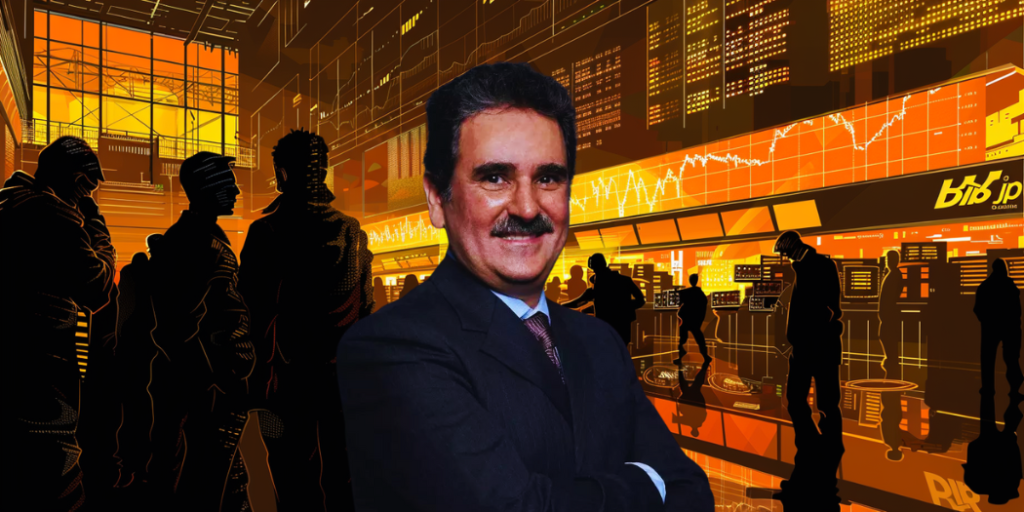On election result day, market reactions are always a focal point of interest for investors and analysts alike. Dinshaw Irani, CEO of Helios Mutual Fund, recently shared his insights on how the markets might respond on this pivotal day.
The key to market stability lies in government continuity. He asserts that while the specific majority size may stir debate, what truly matters is the assurance of a stable government.
As we approach June 4th, the market is pricing in various scenarios. Irani mentions that sectors closely tied to government policies, such as defense, railways, logistics, and infrastructure, have already experienced significant rallies.
These sectors have surged based on the expectation of a seamless election outcome and policy continuity. Irani suggests that these sectors, despite their current highs, may still hold potential, contingent on the election results.
The conversation extends to the broader economic landscape, where Irani emphasizes the importance of the upcoming budget in July.
He stresses that the government should avoid altering capital gains taxes, which could disrupt market confidence. Stability in tax policies is crucial for maintaining investor trust and fostering an environment conducive to growth.
Foreign Institutional Investors have been selling off Indian stocks, driven by election uncertainties and shifts in the Chinese market. Irani notes that this trend, which began in April, was exacerbated by China’s economic strategies.
As China aims to boost its economy through exports, FIIs have redirected funds from India to China. Irani believes this is a temporary phenomenon.
Drawing parallels to 2022, he recalls that when China reopened its markets post-COVID, there was a similar outflow from India, followed by a reversal in a few months.
He expects a similar turnaround post-election, especially if the results align with market expectations.
Irani is optimistic about the defense sector’s future, anticipating increased global defense spending. He envisions India becoming a major sourcing base for defense, benefiting from its geopolitical positioning and robust manufacturing capabilities.
This optimism extends to the potential introduction of new Production-Linked Incentive schemes in the defense sector, which could further bolster growth.
The banking sector, particularly private banks, is highlighted as a critical driver for market performance in the coming years. Irani is confident that the financial sector will play a pivotal role in India’s journey toward a $5 trillion economy.
He notes that while the sector has underperformed in recent years, it is poised for a resurgence. He also emphasizes the vibrancy of the financial sector, which extends beyond traditional banks to include Non-Banking Financial Companies, exchanges, brokers, and credit card companies.
On the flip side, Irani remains cautious about the rural sector, primarily dominated by FMCG companies. He points out the high valuations and modest growth rates in this sector, suggesting that it might not be the best investment at this time.
Although green shoots of recovery have been noted, it remains early days for significant rural economic contributions.
Irani refrains from making specific return predictions but acknowledges several hurdles. The budget remains a critical event, with potential tax policy changes posing a risk to investor sentiment.
Global factors like US inflation and interest rate trends could impact market dynamics. Despite these challenges, Irani maintains a cautiously optimistic outlook for India, suggesting that the country could perform well relative to global markets if domestic and international hurdles are navigated effectively.

